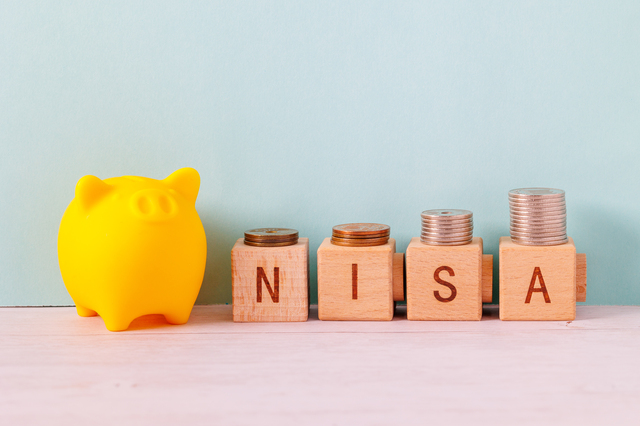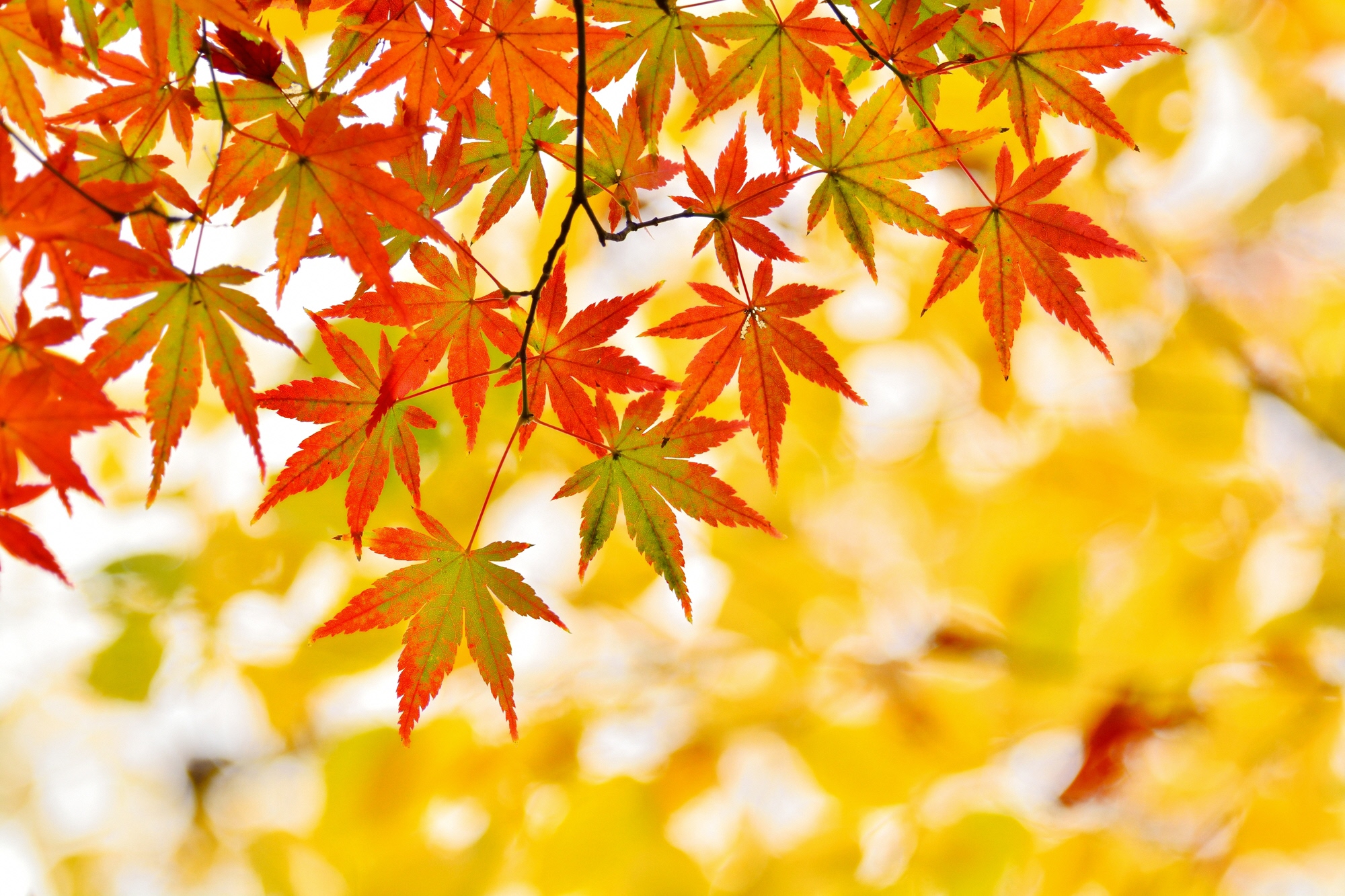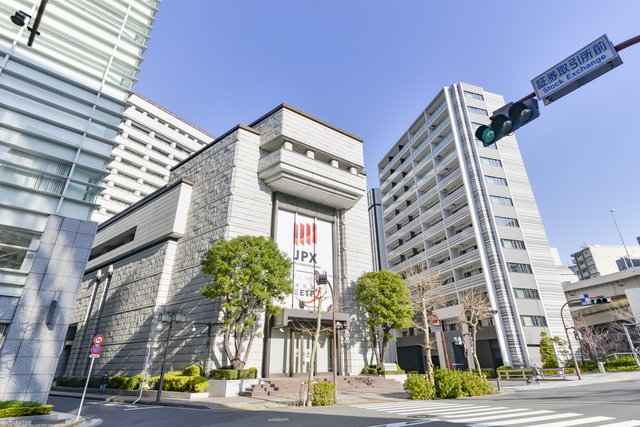TSE Cash Markets
Institutional investors are buying high-dividend stocks in anticipation of the new NISA

With the launch of the new Nippon Individual Savings Account (NISA) just around the corner, institutional investors are keeping a close eye on individual money trends. In the stock market, money is going to high-dividend stocks favored by individuals, and performance is the best in 14 years. While some are concerned about the danger of a stock price rise due to expectations of lower interest rates in the US, the improvement in supply and demand due to the inflow of funds via the new NISA comes to mind.
“I’m glad it bought it.” A fund manager at a domestic asset management company speaks of the price movement of Japan Tobacco Inc. JT is up 41% since the end of last year, well above the Nikkei 225’s gain (27%). 25th was also 0.6% higher than the previous business day.
Individuals are seen as the driving force behind the rally in JT stock. With a projected dividend yield of 5.02%, more than double the TSE Prime Market average (2.3%), it is a popular stock among individuals. On the other hand, many institutional investors are reluctant to own from an ESG (environmental, social, and corporate governance) perspective.
The dominance of high-dividend stocks can also be seen in the overall market. The Tokyo Stock Exchange Stock Price Index (TOPIX) component stocks were divided into five groups by dividend yield, and the price movements of the highest yielding and lowest yielding groups were compared. The gap was 27 points as of 22nd, the largest on an annual basis in 14 years since 2009. Kobe Steel, whose dividend yield is in the 5% range, has increased 2.7 times since the end of last year. Mitsubishi Corporation is also at a 50% higher level.
If high-dividend stocks are already being bought, there is a tendency to hesitate to buy now. However, Ken Kamoshita, director, operations department of PGIM Japan, believes that high-dividend stocks are still promising next year.
High-dividend stocks with fiscal years ending in March usually tend to perform better from December through February. In addition, the new NISA will be boosted from January. Some estimates suggest that 1 to 2 trillion yen scale of individual money will flow into the Japanese stock market annually.
Ken Kamoshita believes that high-dividend stocks popular with individuals are gradually being bought and may find themselves outperforming the overall market.
Securities companies also published a list of stocks that retail money is likely to head for in their institutional investor reports. While detailed extraction conditions differ among the companies, the common denominator is high payouts. The list includes companies such as Kobe Steel, Takeda Pharmaceutical, and Mizuho Financial Group.
Why do institutional investors pay so much attention to individual trends? There is no doubt that there are high expectations for the new NISA, but there is also a smoldering sense of caution about the market outlook behind it.
“What if ‘goldilocks market’ collapses?” Keita Matsumoto, chief marketing director of Citigroup Global Markets, said the person has been having more and more discussions like this with macro hedge funds recently. In the US, stock price rise and interest rates decline (bond prices rise) at the same time due to slowing inflation and a strong economy. Keita Matsumoto says, “Many investors see the speed as so fast that it could collapse early in the new year.”
If the goldilocks market collapses and US stocks start to fall, Japanese stocks will not remain unscathed. Where will the funds be released at that time? “Stocks that can be expected to be supported on the supply-demand side are relatively safe to buy” (Sumitomo Mitsui DS Asset Management, Chief Fund Manager) at the start of the new NISA.
In some aspects, high-dividend stock buying, led by individuals, has become an annual tradition during the New Year’s holiday season. This year, whether aggressive or passive, it needs to be attentive to the unusual factor of follow-on buying by INSTITUTIONAL INVESTORS.
Related links




